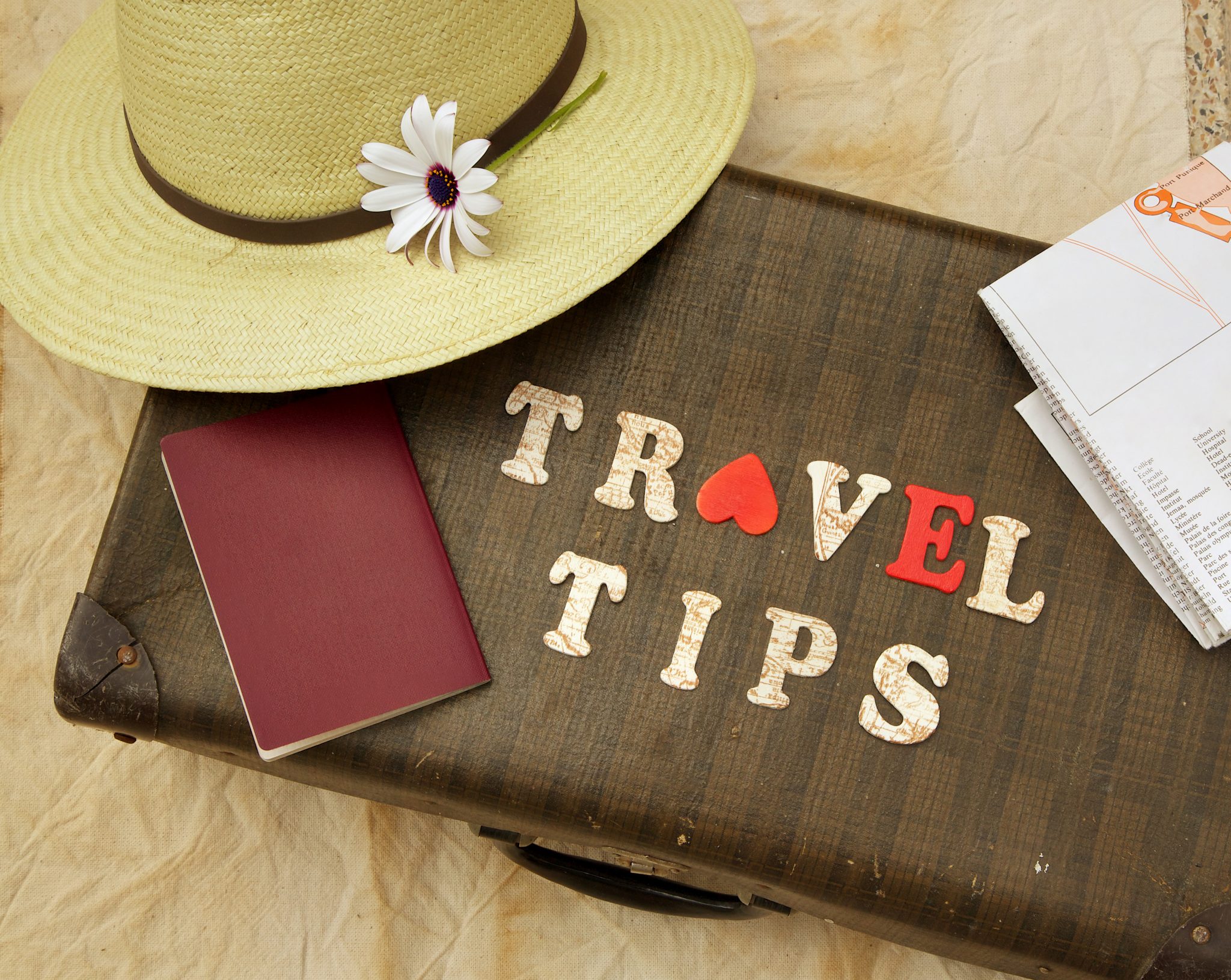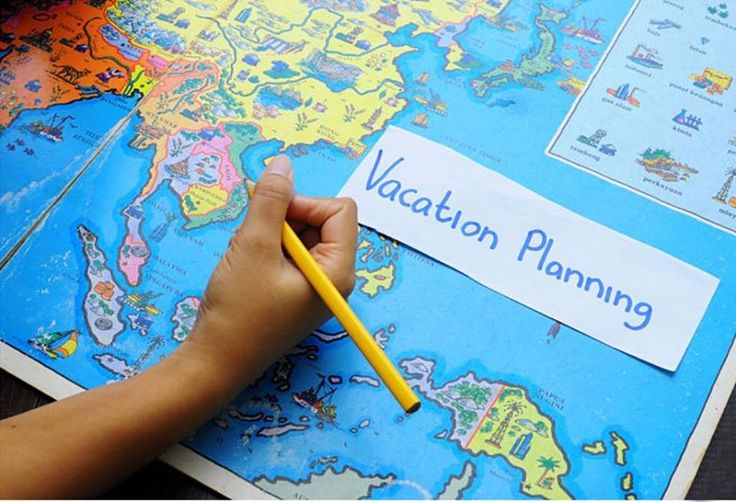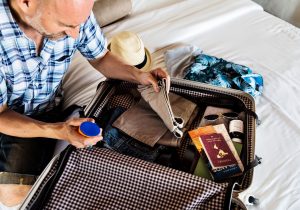
Traveling through Europe is a dream for many, but often, the thought of high costs discourages potential explorers. Fear not! In this friendly guide, we’ll share invaluable budget travel tips for Europe, ensuring you can experience the rich cultures, breathtaking landscapes, and historical wonders without breaking the bank. Let’s dive in One of the most effective budget travel tips for Europe is booking your flights early. Airlines often offer lower prices for early bird tickets. Use fare comparison websites and set up alerts for deals.
Be Flexible with Dates and Destinations
Flexibility can lead to significant savings. Traveling during the shoulder seasons (spring and fall) can yield cheaper flights and accommodations. Also, being open to various destinations can help you snag great deals.
Accommodation Hacks
Hostels aren’t just for the young and wild. Many offer private rooms and family-friendly environments. Websites like Hostelworld and Booking.com are great for finding budget-friendly options.

Consider Airbnb and Couchsurfing
Airbnb can provide affordable stays, especially if you’re traveling in a group. Couchsurfing, on the other hand, allows you to stay with locals for free, giving you a deeper cultural experience.Websites like TrustedHousesitters connect travelers with homeowners looking for someone to care for their home and pets while they’re away. It’s a win-win!
Transport on a Budget
Europe is home to many budget airlines like Ryanair, EasyJet, and Wizz Air. They offer incredibly low fares for those who can pack light and don’t mind the no-frills service. Eurail passes can be a cost-effective way to see multiple countries by train. For even cheaper options, consider bus companies like FlixBus or Megabus.Many European cities are walkable or bike-friendly. Not only will this save you money, but it also allows you to see more and enjoy the local ambiance.Eating at food markets or street vendors can save you a fortune. Plus, it’s a great way to taste authentic local cuisine.
Grocery Stores and Picnics
Visit local grocery stores for snacks and ingredients. A picnic in a beautiful park can be both delightful and budget-friendly. Avoid tourist traps. Ask locals for recommendations or use apps like Yelp and TripAdvisor to find affordable, delicious dining options. Many cities offer free walking tours. They’re typically tip-based, so you can pay what you feel is fair. It’s a great way to learn about the city from a local’s perspective. Look into city passes that offer discounts or free entry to multiple attractions. The Paris Pass, Rome City Pass, and similar cards can save you a ton if you plan to visit several sites. Many museums have free entry days or times. Do a bit of research and plan your visits accordingly. Additionally, some attractions are always free, such as London’s British Museum or Berlin’s East Side Gallery. Avoid hefty foreign transaction fees by using a travel credit or debit card. Some cards offer favorable exchange rates and no ATM fees.
Budget and Track Expenses
Keep a close eye on your spending with budget apps like Trail Wallet or TravelSpend. Knowing where your money goes helps you stick to your budget.A few words in the local language can go a long way. Simple phrases like “hello,” “please,” and “thank you” can endear you to locals and sometimes even get you better prices.Avoid extra baggage fees by packing light. Also, having less to carry makes moving around easier and less stressful.
Stay Connected
Use free Wi-Fi whenever possible. Apps like WhatsApp and Skype can help you stay in touch with loved ones without incurring high phone bills. Invest in travel insurance. It might seem like an added expense, but it can save you a lot in case of emergencies.

Conclusion
Traveling through Europe on a budget is entirely possible with a bit of planning, flexibility, and smart choices. These budget travel tips for Europe are designed to help you make the most of your trip without overspending. So pack your bags, embrace the adventure, and enjoy all that Europe on a budget is entirely feasible with a bit of planning and a savvy approach. By following these Budget Travel Tips for Europe, you can enjoy a rich and fulfilling travel experience without overspending. From booking flights in advance and utilizing public transportation to embracing local experiences and cooking your own meals, these strategies will help you make the most of your European adventure while keeping your budget intact. Happy travels!

























